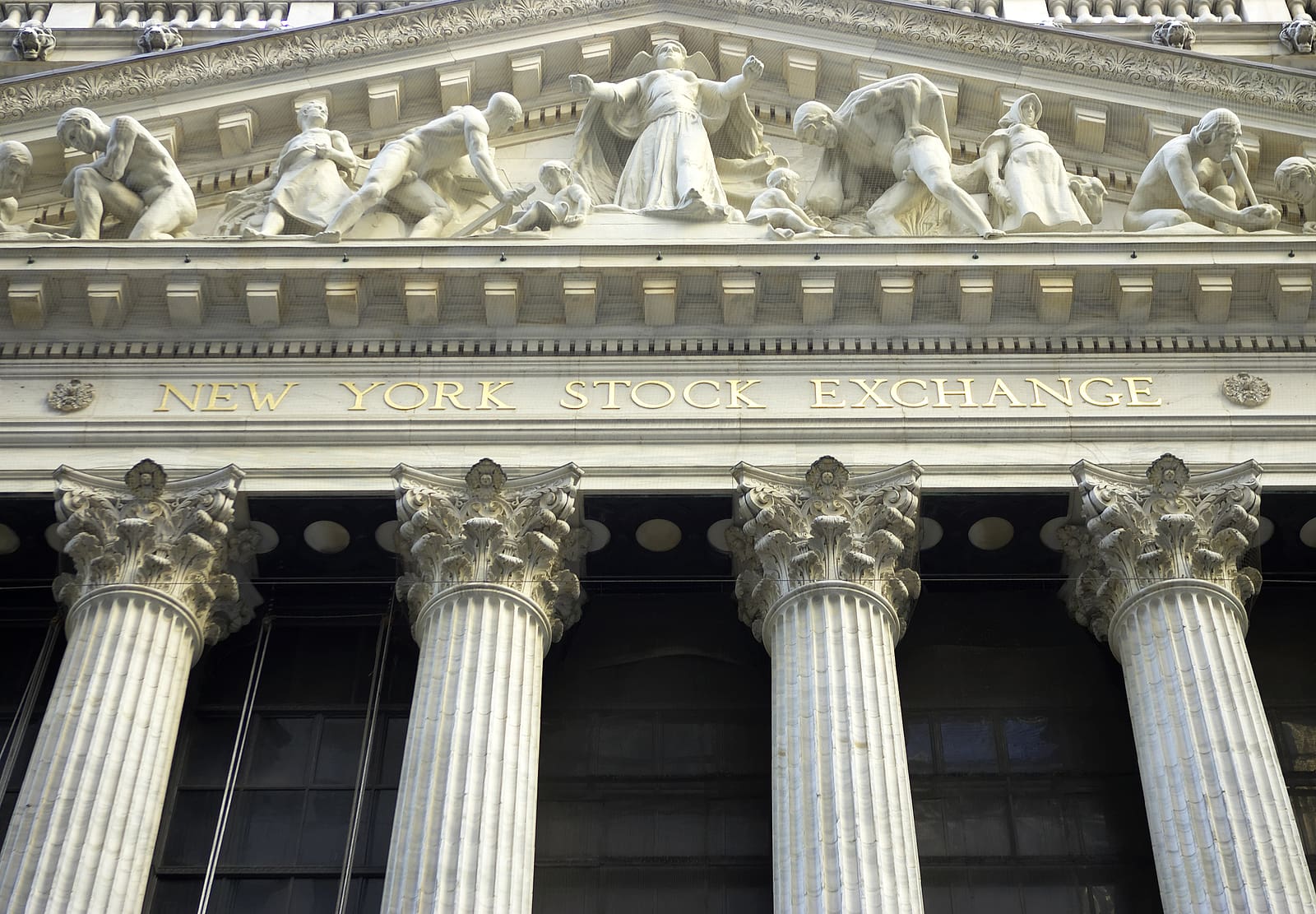A New Era, an Overpriced Market: What Should Investors Do Now?
ST. LOUIS, MO (STL.News) Overpriced Market – In recent weeks, STL.News has published several in-depth articles examining the shifting tides of the U.S. financial markets. We’ve explored how historic advances in technology, global trade realignments, and evolving economic policies may be ushering in a new era of investment opportunity. At the same time, we’ve warned that many stocks are trading at valuations well above historical norms, suggesting that the market may be overpriced.
This dual reality—innovation-driven optimism on one side and valuation-driven caution on the other—leaves investors facing a challenging question: Should they remain invested, add to their positions, or reduce exposure and wait for a correction?
In An Overpriced Market – Our Earlier Analysis: The Two Narratives
In our earlier coverage, STL.News highlighted how rapid advances in artificial intelligence, automation, energy innovation, and reshoring of manufacturing could redefine the global economy. We noted that these developments, coupled with resilient corporate earnings, have fueled strong market gains, pushing major indices to repeated record highs.
However, we also published cautionary pieces pointing out that price-to-earnings ratios in key sectors are stretched, in some cases, rivaling the levels seen before past market pullbacks. We examined the potential for rising interest rates, geopolitical tensions, and slowing consumer demand to temper future gains.
- Read More: Why the U.S. Stock Market Appears Overpriced
- Read More: Is a New Era Coming to U.S. Financial Markets?
Overpriced Market – Where We Are Now
The current market environment is one where:
- Economic optimism is fueled by transformative technologies and global shifts that could reshape trade and production for decades.
- Market caution arises from the fact that much of this optimism may already be priced into stocks, leaving little margin for error if growth slows or costs rise.
Investors must navigate this paradox carefully, striking a balance between the potential for long-term growth and the possibility of near-term volatility.
Overpriced Market – A Time Horizon Perspective
One way to reconcile the two narratives is to distinguish between long-term and short-term strategies:
- Long-term investors—those with a multi-year outlook—may choose to remain invested, but selectively. Companies with strong cash flows, solid balance sheets, and proven management teams may be better positioned to weather any short-term market turbulence while benefiting from long-term economic shifts.
- Short-term or speculative investors might consider trimming positions in overextended sectors, holding more cash, or rotating into undervalued areas of the market. At the same time, they wait for more attractive entry points.
Defensive Positioning Without Panic in an Overpriced Market
History shows that market pullbacks are a normal part of investing, often creating buying opportunities for disciplined investors. For those concerned about current valuations but not ready to exit the market entirely, several defensive strategies may help:
- Diversification – Maintain exposure across sectors and asset classes to reduce risk from any single market shock.
- Defensive sectors – Utilities, consumer staples, and healthcare tend to be less sensitive to economic cycles and may provide stability in volatile times.
- Dividend-paying companies – Firms with consistent dividend payouts often indicate strong fundamentals and can provide steady income even in choppy markets.
- Safe-haven assets – Treasury bonds, gold, and high-quality cash equivalents can help balance portfolio risk.
Gradualism Over All-or-Nothing Moves in an Overpriced Market
One of the recurring themes in STL.News’ market analysis is that timing the market is notoriously difficult. Exiting entirely in anticipation of a correction can backfire if the market continues higher for months or even years before any pullback. Similarly, going “all in” during periods of high valuation increases the risk of buying at a peak.
A more measured approach might involve:
- Dollar-cost averaging – Investing smaller amounts over time, which can smooth out the effects of short-term volatility.
- Staggered selling – Reducing positions in stages if seeking to take profits, rather than selling all at once.
- Periodic rebalancing – Reviewing portfolio allocations quarterly or semi-annually to ensure they align with personal risk tolerance and goals.
Investor Psychology and the New Era of an Overpriced Market
While STL.News has covered the structural drivers of this potential new era—from emerging industries to geopolitical realignments—investor psychology remains a powerful market force. Fear of missing out (FOMO) can drive valuations even higher, while sudden shifts in sentiment can trigger rapid declines.
By maintaining discipline, focusing on fundamentals, and resisting the urge to chase momentum, investors can position themselves to benefit from long-term trends without exposing themselves unnecessarily to short-term hazards.
The Balanced Message About an Overpriced Market
Pulling from our previously published analyses, the balanced message for today’s market is clear:
- Yes, we may be on the cusp of a transformative period for the global economy, driven by innovation, policy shifts, and new investment opportunities.
- Yes, the current market appears expensive by many traditional measures, increasing the likelihood of a correction or at least a period of slower growth.
- The most prudent approach is not to choose between optimism and caution, but to blend them—remaining engaged in the market while managing risk deliberately.
Final Thoughts About an Overpriced Market
The U.S. financial markets are entering uncharted territory. The innovations and economic shifts we have documented in recent STL.News coverage could reshape industries and redefine wealth creation over the next decade. Yet, high valuations and global uncertainties mean that investors must be more selective, disciplined, and strategic than ever before.
For some, that will mean holding quality investments through the ups and downs, confident in their long-term thesis. For others, it may mean building cash reserves, trimming speculative holdings, or seeking undervalued opportunities in overlooked corners of the market.
Whatever the choice, the guiding principles remain the same: know your time horizon, understand your risk tolerance, and make decisions grounded in facts—not emotions, with the assistance of a licensed financial professional.
Disclaimer: This article is for informational purposes only and DOES NOT constitute financial advice. STL.News DOES NOT offer investment recommendations. Readers should consult a licensed financial professional before making any investment decisions.
© 2025 STL.News/St. Louis Media, LLC. All Rights Reserved. Content may not be republished or redistributed without express written approval. Portions or all of our content may have been created with the assistance of AI technologies, like Gemini or ChatGPT, and are reviewed by our human editorial team. For the latest news, head to STL.News.











